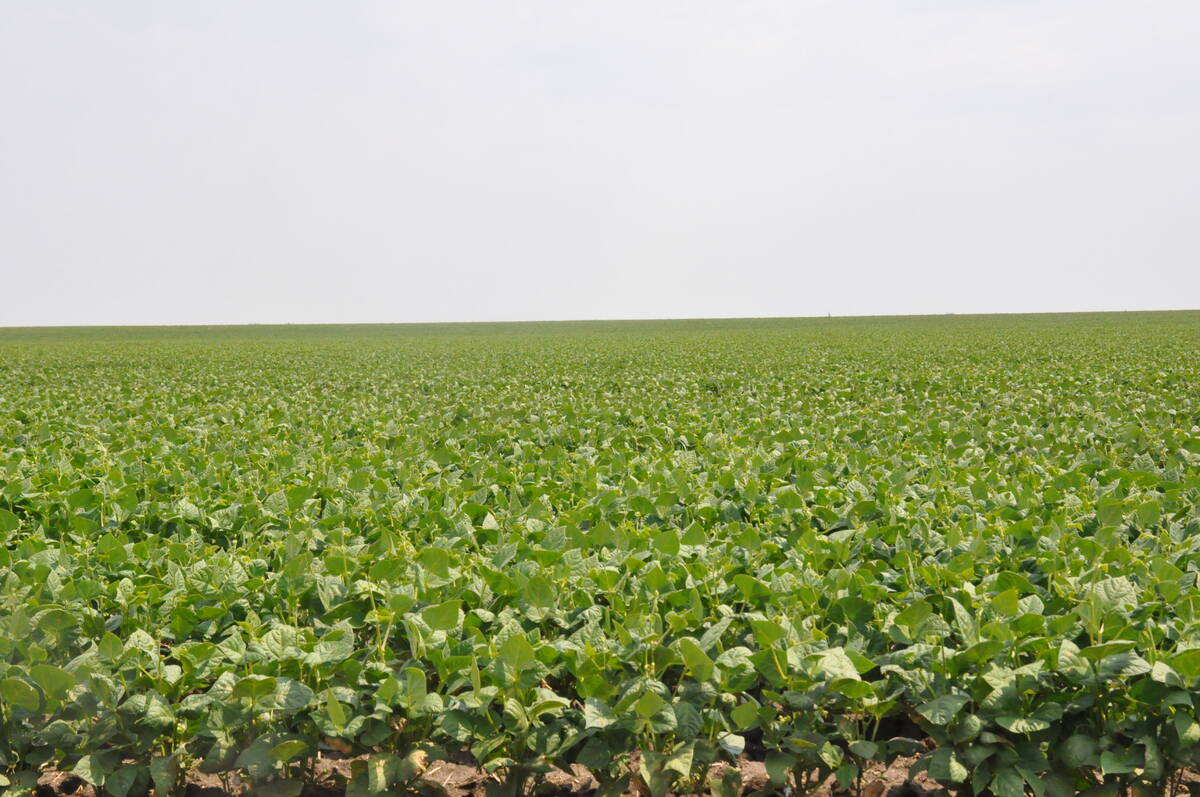Common peppergrass, lepidium densiflorum, has been spicing up some prairie fields for as long as anyone can remember.But there are some producers who are seeing it for the first time this year.
A member of the mustard family, the winter annual weed is tougher to kill than others of its type, such as stinkweed or flixweed.
Rick Holm of the University of Saskatchewan says the weed inflicts limited harm, but because of its early season flowering and seed-set, it can be tough to control.
Read Also

Coloured bean production down, whites are up
Bean prices have been slumping and the outlook is for more of the same.
“It can take more than a (spring application) five ounce rate of 2,4D or half litre burn- off rates of (glyphosate) to knock it off,” Holm said.
“It is similar to shepherd’s purse that way.”
The weed is more common in the eastern prairies but is beginning to show up in areas of Alberta close to the Saskatchewan border.
Linda Hall of Alberta Agriculture said the weed is making more field appearances where tillage is reduced or eliminated.
“It’s the type of weed we typically see in wastelands or where urban and rural land meet. But now we see it on field edges,” she said.
Weed experts agree that common peppergrass isn’t a serious concern for most producers. It can cause minor plugging in seeder equipment in the early spring but isn’t highly competitive with crops.
However, its presence often signals that fall annual weed control is needed because other more noxious weeds are likely present as well.
“This is a general problem of fall annuals thriving under reduced tillage and continuous cropping,” she said.
“It is often a tough sell to get producers back on the sprayer after harvest, but it is something they need to do if they are going to avoid these early season weeds,” she said.
Hall said fall is also an opportunity to take care of dandelions that are also likely showing up where farmers are seeing pepper grass and other fall annuals.
“Tank mixes of glyphosate and 2,4D, Express (with 2,4D ester), Pre-pass, these are all ways to provide that type of control,” she said.
Late fall control can also be obtained with 2,4D amine, MCPA amine or ester and Amber, when spring wheat is planned in brown and dark brown soils.














